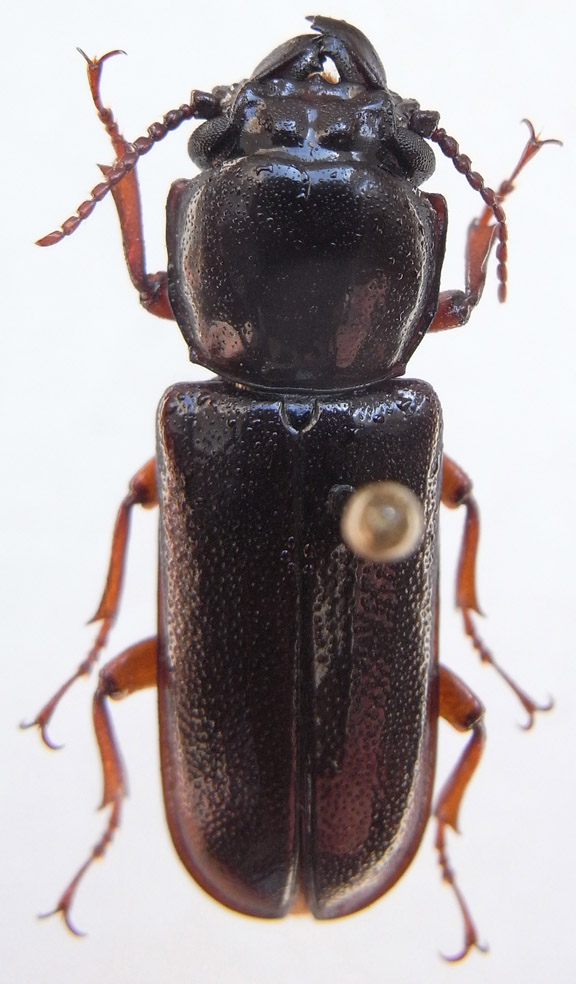| T O P I C R E V I E W |
| Xavier |
Posted - 28/11/2016 : 10:30:07

146.76 KB
19 mm, Guttalac, Mindanao, Philippines. |
| 3 L A T E S T R E P L I E S (Newest First) |
| Xavier |
Posted - 05/12/2016 : 17:45:10
Komiyandra luzonica Santos-Silva, Heffern & Matsuda, 2010 with your key. |
| Xavier |
Posted - 28/11/2016 : 18:11:15

From SANTOS-SILVA A., HEFFERN D. J. & MATSUDA K., 2010. Revision of Hawaiian, Australasian, Oriental and Japanese Parandrinae (Coleoptera, Cerambycinae). Insecta Mundi, Gainesville 0130: 1-119, 473 figs.
Thank you Dan, here the drawing (modified) to show what you explain.
I will try to observe under microscope those features. |
| dryobius |
Posted - 28/11/2016 : 15:08:58
Hi Xavier,
It is really, really impossible to identify species from a dorsal photograph! Just look at the first couplet in the key:
Key to the species of Komiyandra
1. Sensorial area of antennomeres III-XI divided by carina, or with carina in some of those
antennomeres ........................................................................................................................... 2
— Sensorial area of antennomeres III-XI not divided by carina ...................................................... 9
Refer to figure 312 for an illustration of a typical antennomere with its "sensorial area". You need a microscope to study some features.
There are 7 species in the Philippines. There have been many Parandrini from the Philippines sold on ebay since we published our revision. So, the distributions of the species which we had at that time, are undoubtedly incomplete.
|
|
|


